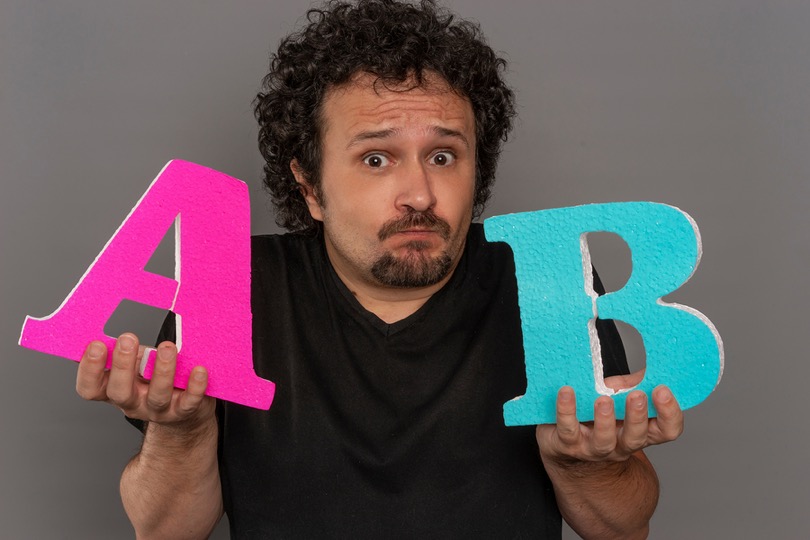Landing pages and social media Although it’s important to test one element only at a time, A/B testing opens up the idea of improving your page accordingly for better user experience and design. In the end, the result should prove or disprove your given prediction. For instance, you could hypothesize that having two images on your landing page is better than using a short video, or that uploading a short video clip on Facebook encourages customers to click-through to your landing page better than just posting the landing page link. Your needed sample size greatly depends on your targeted outcome, desired sensitivity, and conversion rate, and it should be reasonable enough to come up with a statistically significant difference between the two variations. Step 4 – Create your control and variation page Since you’ll be testing two different versions of your landing page simultaneously, you have to set them up accordingly. The first one is the “control” which is the original copy (landing page A) and the second one is the “variation” (landing page B). The control has the original elements while the variation has the updated version. The last step is to analyze. Did the results prove or disprove your hypothesis? Thus, you’ll get to know what works better for you to improve landing pages, gain followers, and acquire higher conversion rates through those methods.

Remember back in school when you were taught how to properly conduct research on the scientific method?
Well, who would’ve thought that years later, in the industry that you’re currently in, those methods would be relevant in testing your online marketing efforts such as landing pages?
In digital marketing, the term A/B testing is used to determine which specific elements on your standalone page have a better appeal towards your target audience. This makes use of two different variations, the A and the B, which you can test simultaneously to ensure the application of strategic and research-based improvements on your landing pages.
Landing pages and social media
Although it’s important to test one element only at a time, A/B testing opens up the idea of improving your page accordingly for better user experience and design. Certainly, this won’t just make your page’s aesthetic well-enhanced but also boost conversion rates a notch higher.
For instance, many businesses nowadays that penetrate the online universe, also use landing pages to generate leads and gain new customers. With the immense power of social media in reaching people even beyond borders, it’s crucial for marketers to determine whether their landing pages are performing as they should on social platforms.
And since Facebook has tons of online subscribers, it’s a good avenue for revenue acceleration, so A/B testing your landing pages on Facebook and other social networks is quite important.
Here are some essential tips you can consider.
Step 1 – Identify your problem
You cannot thoroughly conduct a research study without first identifying the problem. Some questions you need to ask may be:
- Are my social media followers sharing my landing page?
- Are they converting?
- Which landing page is performing better on social media, and in which aspects?
- Which areas of the landing page do I need to retain or change?
Through asking the right questions and pinpointing precisely where the issue originates you can effectively gather data for testing.
Step 2 – Formulate a hypothesis
A hypothesis is an educated prediction you formulate prior to conducting your experiment. Coming up with a strong and viable hypothesis that’s rooted in solving the issues will be a huge advantage in getting a conclusive result. This can also be beneficial in keeping your research methods on track. In the end, the result should prove or disprove your given prediction.
For instance, you could hypothesize that having two images on your landing page is better than using a short video, or that uploading a short video clip on Facebook encourages customers to click-through to your landing page better than just posting the landing…

COMMENTS